Manufacturers, suppliers, and merchants may use various modes for a single shipment depending on location and cost. Transloading and warehousing services are a very common practice in the supply chain. But what is translating, and why is it used?
What is Transloading?
Transloading, in its most basic form, refers to the transfer of products or cargo from one mode of transportation to another, implying that things can be moved from a ship to a truck or from a truck to a train. Businesses can use this method to optimize shipping routes, reduce transportation costs, and boost efficiency.
What is Warehousing?
On the other hand, warehousing involves storing goods at a designated facility, commonly referred to as a warehouse. Because they serve as intermediate storage areas for goods, these facilities are crucial supply chain components.
Why Use Transloading as a Transportation Strategy?
Companies use transloading as a transportation method for a variety of compelling reasons. Shall we take a look at some of the benefits that make transloading and warehousing services so attractive to business?
Cost Savings
Transloading allows businesses to take advantage of different transportation modes, which can lead to cost savings. Long-distance rail travel, for example, maybe more cost-effective than employing vehicles for the entire voyage.
Enhanced Flexibility
Businesses benefit from additional flexibility in route planning and transportation alternatives because of transloading. It enables them to negotiate challenges such as capacity limits, route disruptions, and changing market needs more successfully.
Access to New Markets
Utilizing transloading facilities can assist businesses in reaching new markets that may have restricted or no direct access to particular types of transportation. This expanded reach can open up new growth opportunities for businesses looking to expand their customer base.
Inventory Management
Transloading allows for more efficient inventory management. To satisfy client expectations, businesses might strategically position goods at transloading and warehousing ports. And it’s best because it works quickly without holding excessive stock at each location.
How Does Transloading Work, and What Are the Benefits for Businesses?
The translating process involves several essential steps that ensure the seamless transfer of goods between different modes of transportation.
Step 1
The process begins when goods arrive at the transloading facility, often from a truck, train, or ship. Similarly, professional workers unpack the cargo carefully and assess it for any damage or irregularities.
Step 2
After unloading, the products are temporarily stored in the warehouse. This procedure enables businesses to combine shipments, optimize transportation resources, and reduce costs.
Step 3
When the goods are ready to continue their journey, they are moved from the receiving mode (e.g., train or ship) to the outbound mode (e.g., truck or train). Furthermore, this critical phase requires precision and coordination to avoid delays and damage.
Step 4
All necessary documentation and paperwork are meticulously managed throughout the process to ensure compliance with legal and regulatory requirements.
Step 5
With the cargo placed onto the outbound mode of transportation, it can resume its journey to its final destination or, if necessary, another transloading facility.
Benefits for Businesses
- Increased Efficiency
- Cost-Effectiveness
- Risk Mitigation
- Scalability
- Competitive Advantage






